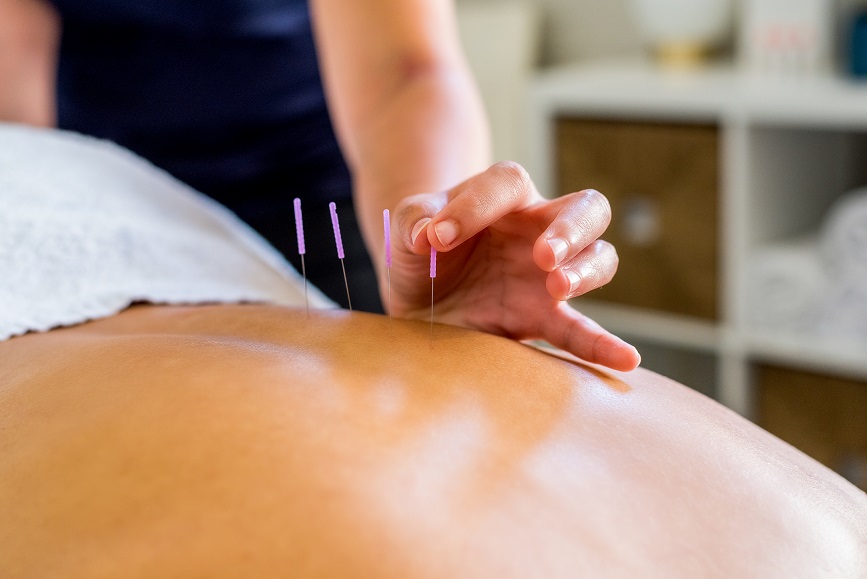
18 Apr Knots and needles: frequently asked quetions about dry needling
Our expert therapists focus on finding and treating the root cause of your issue and dry needling is one of many techniques to get you moving and feeling your best. Consider the following frequently asked questions in you want to learn more
What is Dry Needling and how is it different to Acupuncture?
It’s the application of fine sterile acupuncture needles into muscle knots (myofascial trigger points) to relieve muscular pain and tension by releasing the muscle. It may help improve and restore flexibility and increase range of motion.
When is it recommended and does it replace massage?
Depending on your situation, your therapist may recommend dry needling in cases of acute, chronic pain and tension, injury rehabilitation and even injury prevention. It is used together with massage therapy and other techniques in your personalised treatment plan.
Does it hurt?
It’s common to feel a slight sting when the needle is inserted and removed. This discomfort should be momentary. You may also experience a brief muscle twitch as the muscle releases.
What conditions is it used to treat?
It is used to treat:
- Tennis/golfers elbow
- Rotator cuff injuries
- Back pain
- Shin splints
- Sciatica
- Headaches and migraines
- Hamstring and groin strains
- Achillies tendon and petallar tendonitis
There are some conditions and specific situations when treatment is not recommended so speak to your expert Myotherapist about its suitability.
Do you offer it
Yes. Our expert myotherapists are qualified to do dry needling.
Is it covered by private health insurance?
Dry needling falls under the myotherapy category and is covered by most private health insurance funds
If you’d like more information or want to book in for a treatment, contact us online or ring us on 1300 813 425.
